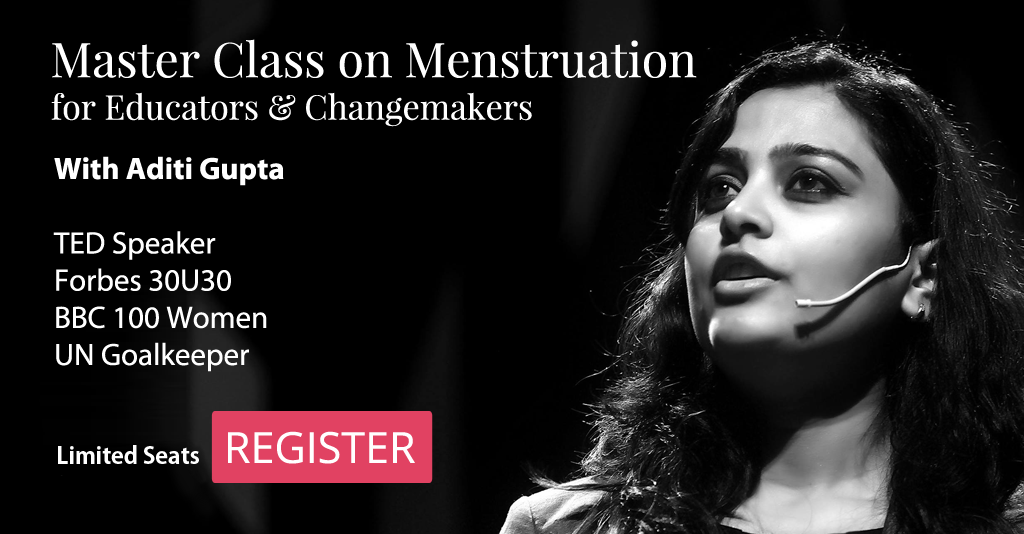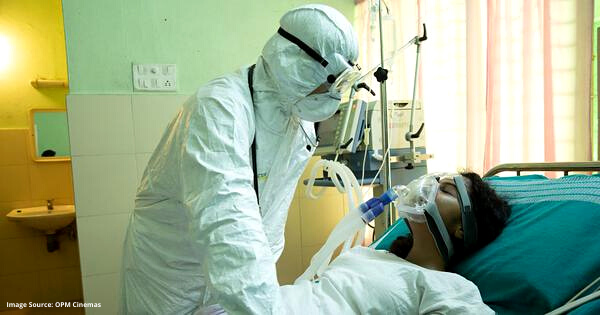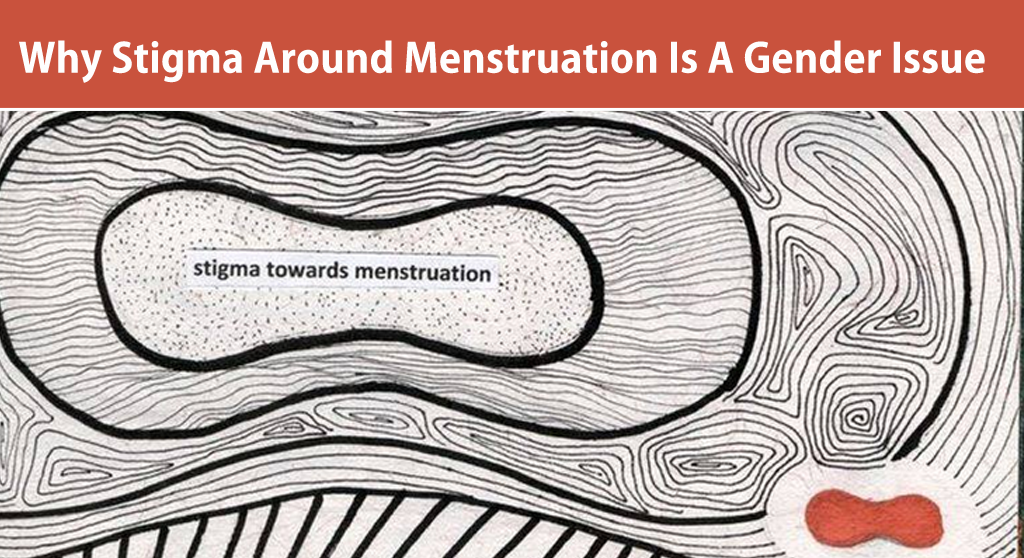This is a winning entry of our writing contest on “Periods and Technology” by Aashma Surlakar
Menstruation is a fascinating process that allows women to give birth to humans; humans have in turn given birth to a vast field of technology. When nearly half of the population is menstruating, technology has come to influence this beautiful phenomenon which is often pushed under the red carpet of stigma.
We understand menstruation today because of many inventions and due to the close scientific studies of the female body. Technology deciphered the process and eventually everything that plays a role in it. Thus one can say that technology has always been majorly influencing periods and our understanding of it.
Centuries ago, menstruators might have been bleeding free and wouldn’t be afraid of the blood trickling between their thighs. However, as the world developed and civilizations came up, the motive shifted to conceal this powerful feminine process even as the civilization of the western world became a part of industrial and technological development. In order to become more ‘civilized’ and hygienic, women started using cloths and other natural materials to absorb period blood.

With further advancements in technology and as the knowledge of the female body and menstruation increased, businesses around sanitary products began to rise. In the era of plastic usage, it was obvious to use it for the purpose of menstrual hygiene. Since then, technology has being trying and testing and bringing out a variety of period products in the market. Sanitary pads and tampons are now mainstream period care products. Sustainable and environment friendly alternatives like menstrual cups, period panties, and more are gaining attention now especially so with different brands coming up, advertising and using technology at every step from production to advertisement and to the delivery of these products. This has given more choices to menstruators to choose the most suitable alternatives for them in terms of comfort, sustainability, cost and environmental benefit.
Continuous research in the medical field has been explaining the facts and biology of the female body and menstruation to the world and has been busting myths and clearing misconceptions. The studies of various menstrual disorders or problems and finding their treatments have helped menstruators facing these menstrual disturbances to lead a better quality of life. Contraceptive implants or hormonal patches have provided women with the choice of not having periods. Technology is making interventions in this natural process which does have side effects, but only with the motive of improving its overall experience and giving menstruators the agency to choose how their periods should be experienced.
Other interventions of technology include vending machines, proper waste disposal mechanisms like incineration and more. The usage of period apps also help to track period cycles and so many other aspects of diet and nutrition, exercises, and such, that are helpful during periods.
The hush hush that was created and passed from generations, associating periods with so many myths, negative emotions, taboos, misconceptions and such, are being talked about now with the help of social media. People are now talking more than ever about menstruation, and the message is spreading at a fast pace across the globe. Thoughts are being shared, conversations are being had, menstrual problems are being discussed, and menstrual experiences of disabled, dalits, trans community and other minorities are being reflected upon. The message gets a greater outreach and a vast audience because of the huge platform of social media. Here, it also depends on what content one would like to consume and amplify.
Technology is the most powerful tool of change makers who are educating people about periods. The menstrual educator can use different tools like movies, documentaries, books and other modes of technology to spread the message far. Thus, technology helps in normalizing the topic.
Although mainstream media remains one of the most important tools of technology, it doesn’t report menstruation much and in the way that it should. There are many loopholes pertaining to not covering incidents related to menstruation, language used, politicizing it, with no follow up of interventions done. These issues need to be fixed.
Technology effects periods depending on how we use it. Therefore, each one of us should bear the responsibility of using technology in normalizing periods, gaining knowledge, using social media platforms to educate people about periods, and taking steps towards a period positive society that is inclusive for all menstruators – one that works to give them agency over their bodies and a healthy environment to live in. If each one of us should have a positive approach towards our body and menstruation, and we can use technology in the best of our interests to create a better world for all menstruators out there.
Author :Aashma Surlakar

Aashma is a 21 year old, Medical Student who loves to write. Likes ice cream and believes in magic.
You can connect on Instagram with her here: @aashma86
Edited by: Divya Roseline







